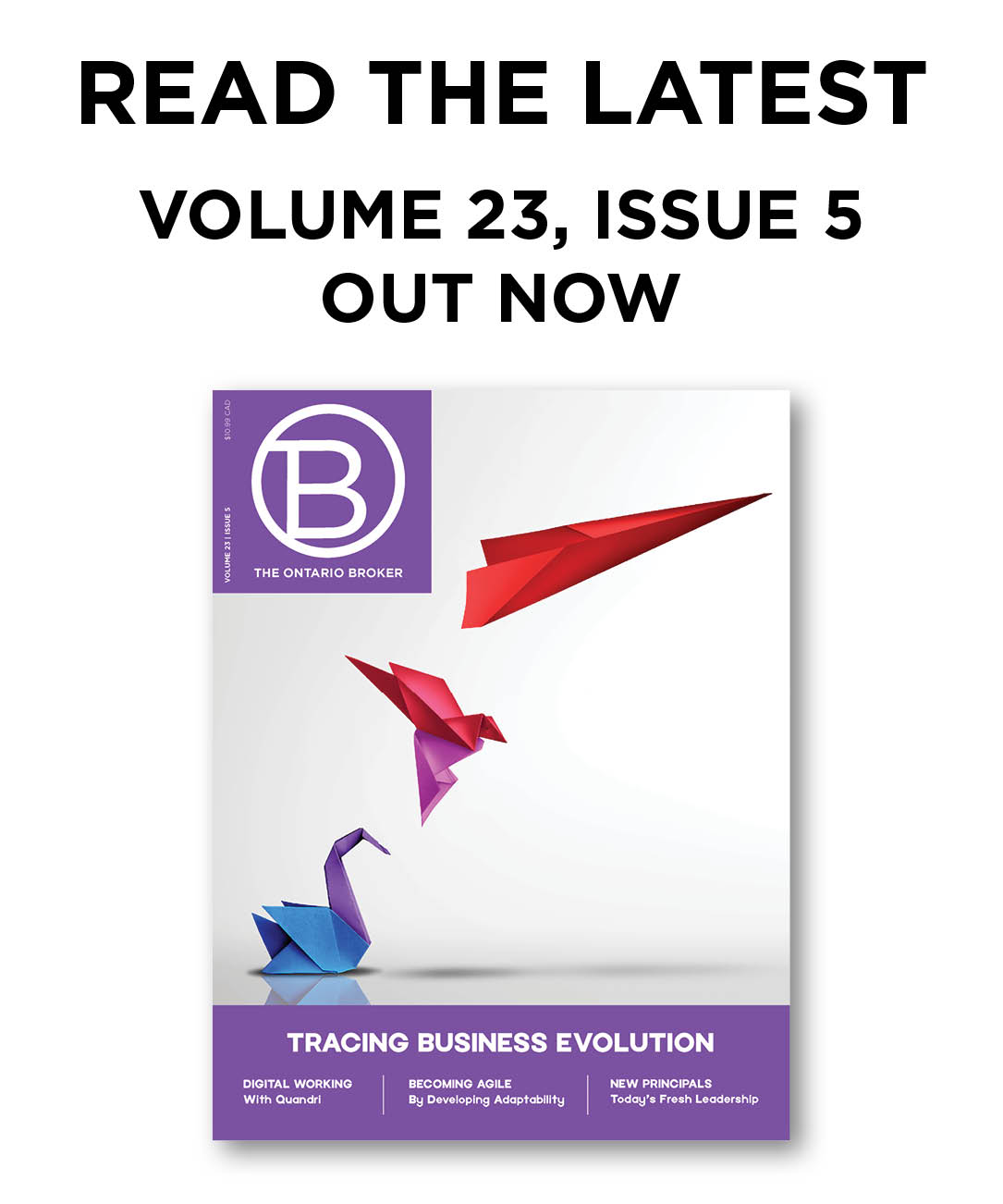March 12, 2024

![Rose Cavaliere[95]](https://tob.ibao.org/wp-content/uploads/2024/03/Rose-Cavaliere95-150x150.jpg)
Rose Cavaliere—Operations Manager, Dawson & Keenan Insurance
![Photo - RW[77]](https://tob.ibao.org/wp-content/uploads/2024/03/Photo-RW77-150x150.jpg)
Reigen Wingfield—Director, Commercial Lines, Moller Insurance
At the beginning of the year, Ontario’s new auto endorsement, OPCF 49, went into effect, which allows drivers to opt out of Direct Compensation for Property Damage (DCPD) coverage. We brought two brokers together to discuss the implications of the OPCF 49 endorsement and Direct Compensation Property Damage (DCPD) coverage and how they view it from their vantage point.
How have clients responded to the OPCF 49 endorsement?
RC: There hasn’t been much response from our clients on the latest auto reform. For any clients who do inquire, our brokers are well versed on explaining the coverage option.
RW: To date, we haven’t had any clients ask us about the endorsement. We recognize this may change as the year progresses, but don’t anticipate it’ll be a major issue for our brokerage.
Are you noticing any common misconceptions among clients regarding the endorsement? How are these addressed?
RC: The literature out there for consumers doesn’t address what collision coverage is and the implication of having it deleted. Most of the correspondence clients are receiving from insurers doesn’t go into detail about the endorsement, so our office is providing clients the full spectrum of what adding this endorsement means.
RW: The nuances of Ontario’s auto policy have been over generalized in the media, and in coverage memos from carriers. Collision and DCPD are not At-fault and Not-At fault coverages, respectively. They’re coverages that respond based on the parameters set out in the policy. Would a client that hasn’t purchased Collision or Comprehensive coverage who’s driving in the US realize that their DCPD wouldn’t apply in a Not-At fault claim, and thus have no coverage? If we continue to unbundle the base policy, it will only cause more confusion, gaps in coverage and errors & omissions claims.
What are some of the challenges brokers experience when explaining the OPCF 49 endorsement to their clients?
RC: The biggest challenge we have is answering the question of why the government moved in this direction—there are no savings when the client understands the ramifications of adding this endorsement. Based on the information we provide, our clients are able to make an informed decision. We currently don’t have any policies with this endorsement added.
RW: The introduction of the OPCF 49 endorsement should be an opportunity to reset our understanding of coverages based on the conditions associated with each coverage. As an example, adding the OPCF 49 endorsement, thus removing DCPD coverage, doesn’t mean you no longer have physical damage coverage on the vehicle in any circumstances. Physical damage coverage still exists under UA (Uninsured Auto) for physical damage caused by a third party identified uninsured auto.
Have brokerages identified any businesses or demographics where clients are more likely to decline DCPD coverage?
RC: The inquiries we’ve received are broad. But we could see where young drivers would look at adding this endorsement as a way to reduce premium.
RW: Not as of yet.
Do you see this becoming a smaller issue as time goes by or will it continue generating the same amount of interest?
RC: Since there is very little consumer interest in the recent auto reform so far, we don’t foresee it gaining momentum. Having said that, if auto insurance premiums continue to increase this year, it may become a frequent conversation with clients.
RW: We continue to see higher rate groups on newer vehicles, to the point where the rate group may be a determining factor of eligibility on other coverage (OPCF43). Right now, those vehicles are new, and many are leased or financed, making this a current non-issue. As those vehicles come off lease, are paid off, or sold on the secondary market, will those rate groups continue to hold? We know the technology in newer vehicles is leading to higher physical damage claim payouts. Once that vehicle is 10 years old and purchased by a teenager or college student buying their first car, will they want to be paying the higher DCPD premiums? I suspect this will become more of an issue as the second generation of vehicle owners face greater premium savings should they opt out of DCPD.
Are there instances where commercial lines represent the primary practical application of this endorsement, or are there any examples supporting this claim?
RC: Individually Rated Commercial Auto (IRCA) is not that much different that personal lines auto. Not all carriers are offering OPCF49 on IRCA or Commercial Fleets.
RW: The possibility of fleet customers looking to self-insure physical damage coverage to protect policy loss ratios is one avenue that could be pursued, but it must be approached cautiously. The possibility of a total loss could be a strain on a business suffering a poor cash flow year. The pandemic showed us successful businesses can quickly find themselves struggling with cash flow when unexpected situations arise. If a client is looking to self-insure and save premium, I’d rather lead the discussion to increasing the DCPD deductible than removing the coverage itself.





